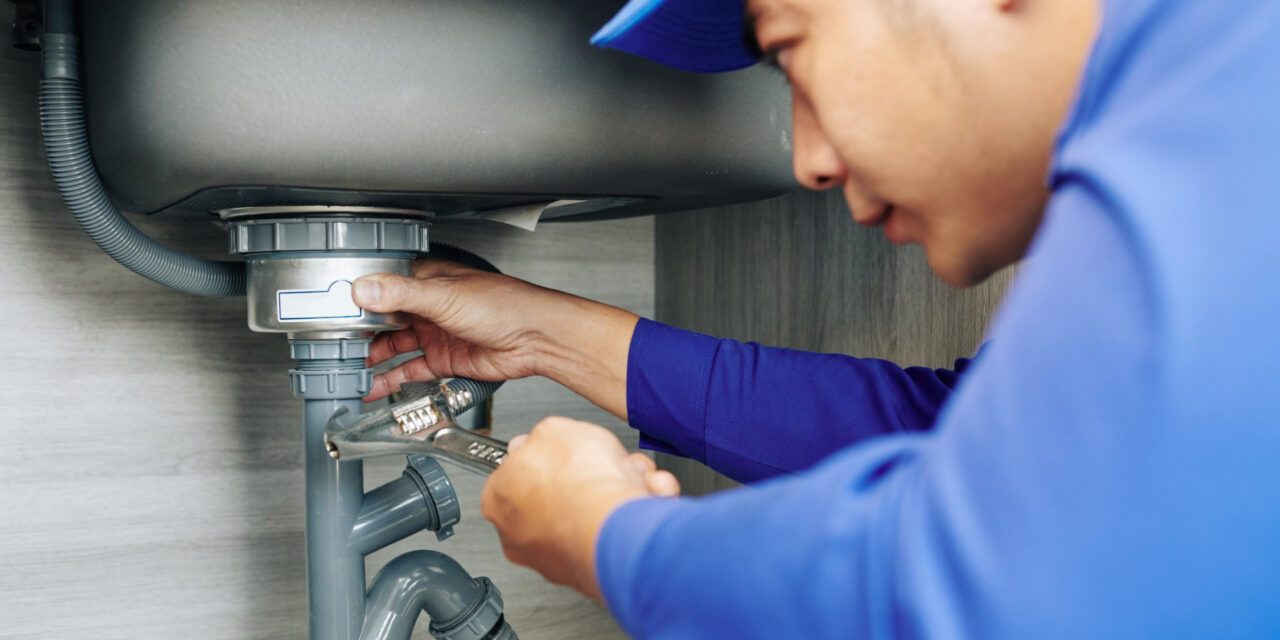6 Ways to Locate Concealed Water Leaks in Your House
6 Ways to Locate Concealed Water Leaks in Your House
Blog Article
This great article down below on the subject of Leaking water lines is immensely interesting. Give it a go and draw your own personal ideas.

Early detection of dripping water lines can mitigate a prospective disaster. Aside from conserving you money, it will reduce the irritation as well as stress. The minute you find a leakage, calling your plumber for fixings is the most effective solution. Nonetheless, some little water leaks may not show up. Right here are some hacks that aid if you can not detect it with your naked eyes.
1. Check Out the Water Meter
Every house has a water meter. Checking it is a guaranteed manner in which aids you discover leakages. For beginners, turn off all the water sources. Guarantee nobody will flush, use the faucet, shower, run the washing machine or dishwasher. From there, go to the meter and watch if it will change. Because no person is using it, there should be no movements. If it moves, that shows a fast-moving leakage. Similarly, if you identify no changes, wait an hour or more and also check back again. This indicates you might have a slow-moving leakage that might also be below ground.
2. Examine Water Consumption
If you detect unexpected adjustments, in spite of your consumption being the exact same, it means that you have leakages in your plumbing system. An abrupt spike in your expense shows a fast-moving leakage.
A steady boost every month, also with the same behaviors, shows you have a sluggish leakage that's likewise gradually rising. Call a plumber to completely inspect your home, particularly if you really feel a cozy area on your flooring with piping below.
3. Do a Food Coloring Test
30% comes from commodes when it comes to water intake. Test to see if they are running correctly. Drop flecks of food shade in the tank and wait 10 minutes. There's a leak in between the storage tank and also dish if the shade somehow infiltrates your bowl during that time without flushing.
4. Asses Exterior Lines
Don't neglect to inspect your outdoor water lines too. Should water permeate out of the link, you have a loose rubber gasket. One little leakage can squander lots of water as well as spike your water costs.
5. Assess the circumstance and evaluate
Home owners must make it a practice to check under the sink counters as well as even inside closets for any type of bad odor or mold and mildew growth. These 2 red flags show a leak so prompt interest is required. Doing regular evaluations, also bi-annually, can save you from a significant problem.
Examine for stainings and compromising as the majority of pipelines and home appliances have a life expectancy. If you think leaking water lines in your plumbing system, do not wait for it to rise.
Early discovery of dripping water lines can reduce a possible calamity. Some little water leakages may not be visible. Inspecting it is a guaranteed method that assists you uncover leakages. One little leakage can throw away bunches of water and spike your water bill.
If you think leaking water lines in your plumbing system, don't wait for it to escalate.
WARNING SIGNS OF WATER LEAKAGE BEHIND THE WALL
PERSISTENT MUSTY ODORS
As water slowly drips from a leaky pipe inside the wall, flooring and sheetrock stay damp and develop an odor similar to wet cardboard. It generates a musty smell that can help you find hidden leaks.
MOLD IN UNUSUAL AREAS
Mold usually grows in wet areas like kitchens, baths and laundry rooms. If you spot the stuff on walls or baseboards in other rooms of the house, it’s a good indicator of undetected water leaks.
STAINS THAT GROW
When mold thrives around a leaky pipe, it sometimes takes hold on the inside surface of the affected wall. A growing stain on otherwise clean sheetrock is often your sign of a hidden plumbing problem.
PEELING OR BUBBLING WALLPAPER / PAINT
This clue is easy to miss in rooms that don’t get much use. When you see wallpaper separating along seams or paint bubbling or flaking off the wall, blame sheetrock that stays wet because of an undetected leak.
BUCKLED CEILINGS AND STAINED FLOORS
If ceilings or floors in bathrooms, kitchens or laundry areas develop structural problems, don’t rule out constant damp inside the walls. Wet sheetrock can affect adjacent framing, flooring and ceilings.
https://www.servicemasterbyzaba.com/blog/how-to-detect-water-leakage-in-walls/

As a devoted person who reads on Leaking water lines, I assumed sharing that excerpt was smart. I beg you take a moment to distribute this page if you liked it. We treasure reading our article about Locating water leaks.
Report this page